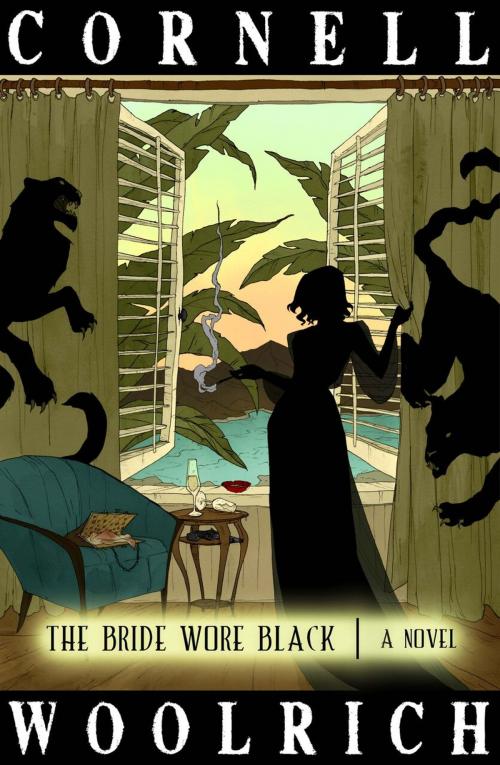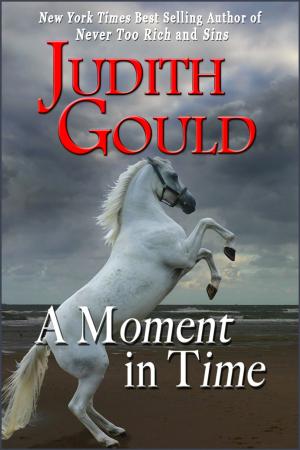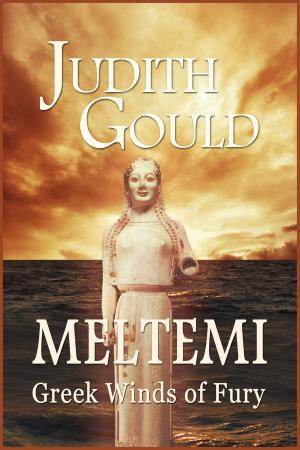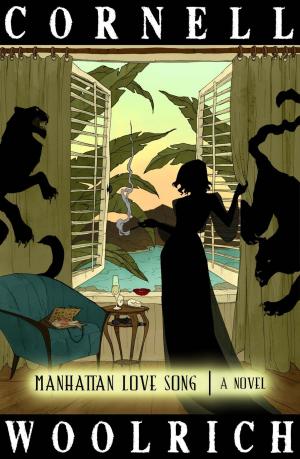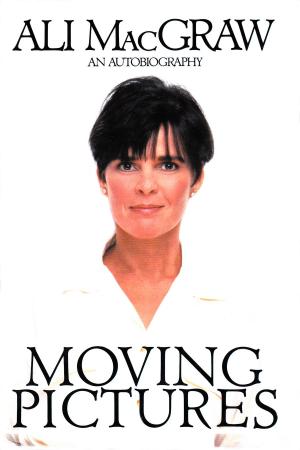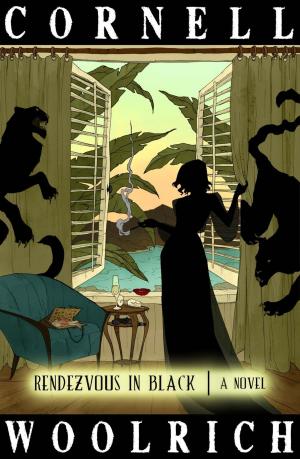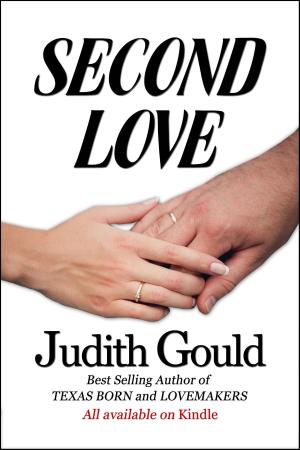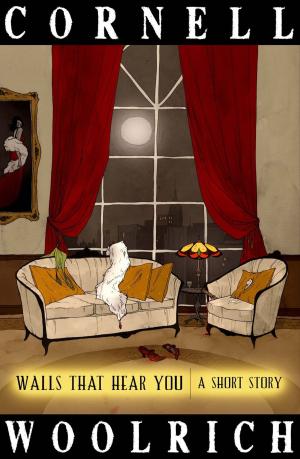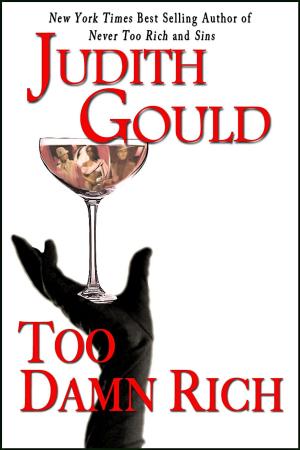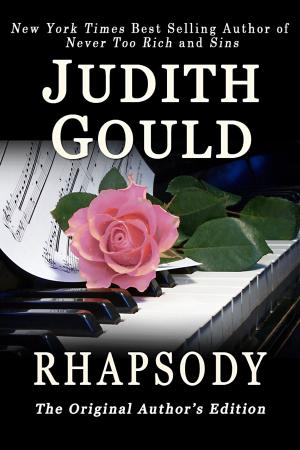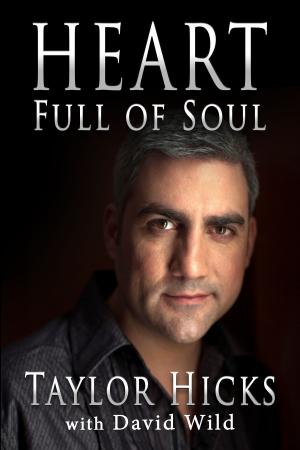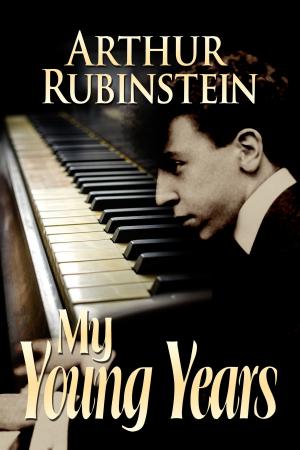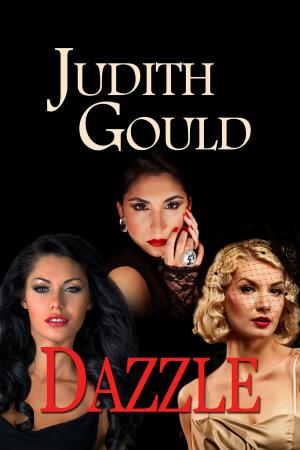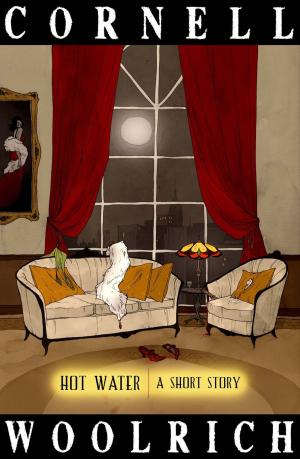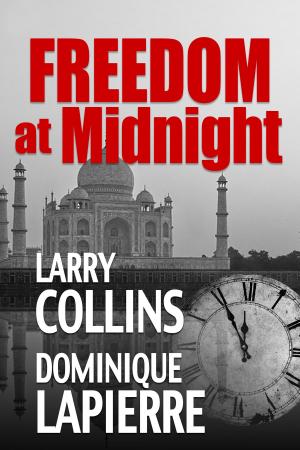| Author: | Cornell Woolrich | ISBN: | 9781938402449 |
| Publisher: | Renaissance Literary & Talent in collaboration with the Proprietor | Publication: | March 29, 2015 |
| Imprint: | Language: | English |
| Author: | Cornell Woolrich |
| ISBN: | 9781938402449 |
| Publisher: | Renaissance Literary & Talent in collaboration with the Proprietor |
| Publication: | March 29, 2015 |
| Imprint: | |
| Language: | English |
"If it doesn't freeze your blood, then you are immune to literary chills." - The Baltimore Sun
"The most exciting experience in crime fiction this reviewer has had in some considerable time." - the Hartford Courant
"Woolrich can distill more terror, more excitement, more downright nail-biting suspense out of even the most commonplace happenings than nearly all his competitors." - Ellery Queen
"An opus out of the ordinary, highly emotional and suspenseful, with a surprise finish that turns somersaults." - the Saturday Review of Literature
This novel is not to be missed by crime fiction, suspense thriller and Woolrich fans. It was the first suspense novel that Woolrich wrote following his career as a pulp fiction author. Upon publication, the Kansas City Star said it was "a delicacy for epicures" while the Hartford Courant stated it was "the most exciting experience in crime fiction this reviewer has had in some considerable time." Cleveland's Plain Dealer called it "fresh and tremendously effective." The Baltimore Sun was even more effusive with "If it doesn't freeeze your blood, then you are immune to literary chills."
The story is about a woman who is obsessed with a deadly personal mission. She selects her victims with care. She dispatches them with cunningness and then she vanishes as quickly as she surfaces - out of nowhere. No one knows her identity or why she appears to undertake such ghastly deeds. We only know she has terrifying beauty and each time she appears a man dies horribly!
In the spring of 1967 French filmmaker Francois Truffaut set out to create a small-scale, modestly budgeted film titled "La Mariée etait en noir", which was conceived as a noir B-movie and based on the 1940 detective novel "The Bride Wore Black" which had been published under Woolrich's pen name, William Irish. To date, almost all Woolrich stories are published in France under William Irish.
Besides serving as an idealized project for the actress he had in mind, "The Bride Wore Black" (released in 1968) was also partly a homage to Hitchcock, which provides another clear reason why he choose a Cornell Woolrich novel to adapt to the screen. Hitchcock, of course, had based his 1954 thriller "Rear Window" on Woolrich's short story "It Had to Be Murder."
Truffaut was a great admirer of the crime novels of Woolrich and he once stated in an article, "I see Irish...as the artist of fear, terror and sleepless nights...The plot usually centers around an ordinary man or woman with whom the reader can easily identify. But Irish's heroes never do things by halves and no unforeseen event can stop their march toward love and death. His world frequently also includes amnesia and mental problems, and his hypervulnerable, hypersensitive fictional characters are at the opposite extreme from the usual American hero. Just as there is a touch of [Raymond] Queneau in David Goodis, there is a touch of [Jean] Cocteau in Irish, and it is this combination of American violence and poetic French prose that I find moving."
This story, published in 1940 is one of the six novels in Woolrich's Black Series which also includes "Rendezvous in Black", "The Black Path of Fear", "The Black Angel", "Black Curtain" and "Black Alibi".
Cornell George Hopley-Woolrich (4 December 1903 – 25 September 1968) is one of America's best crime and noir writers who sometimes wrote under the pseudonyms William Irish and George Hopley. He's often compared to other celebrated crime writers of his day, Dashiell Hammett, Erle Stanley Gardner and Raymond Chandler.
He attended New York's Columbia University but left school in 1926 without graduating when his first novel, "Cover Charge", was published. "Cover Charge" was one of six of his novels that he credits as inspired by the work of F. Scott Fitzgerald. Woolrich soon turned to pulp and detective fiction, often published under his pseudonyms. His best known story today is his 1942 "It Had to Be Murder" for the simple reason that it was adapted into the 1954 Alfred Hitchcock movie"Rear Window" starring James Stewart and Grace Kelly. It was remade as a television film by Christopher Reeve in 1998.
Woolrich is considered by many to be the inventor of the noir genre and many screenplays have been based on his mysteries, including "Night Has a Thousand Eyes" and "The Leopard Man".
"If it doesn't freeze your blood, then you are immune to literary chills." - The Baltimore Sun
"The most exciting experience in crime fiction this reviewer has had in some considerable time." - the Hartford Courant
"Woolrich can distill more terror, more excitement, more downright nail-biting suspense out of even the most commonplace happenings than nearly all his competitors." - Ellery Queen
"An opus out of the ordinary, highly emotional and suspenseful, with a surprise finish that turns somersaults." - the Saturday Review of Literature
This novel is not to be missed by crime fiction, suspense thriller and Woolrich fans. It was the first suspense novel that Woolrich wrote following his career as a pulp fiction author. Upon publication, the Kansas City Star said it was "a delicacy for epicures" while the Hartford Courant stated it was "the most exciting experience in crime fiction this reviewer has had in some considerable time." Cleveland's Plain Dealer called it "fresh and tremendously effective." The Baltimore Sun was even more effusive with "If it doesn't freeeze your blood, then you are immune to literary chills."
The story is about a woman who is obsessed with a deadly personal mission. She selects her victims with care. She dispatches them with cunningness and then she vanishes as quickly as she surfaces - out of nowhere. No one knows her identity or why she appears to undertake such ghastly deeds. We only know she has terrifying beauty and each time she appears a man dies horribly!
In the spring of 1967 French filmmaker Francois Truffaut set out to create a small-scale, modestly budgeted film titled "La Mariée etait en noir", which was conceived as a noir B-movie and based on the 1940 detective novel "The Bride Wore Black" which had been published under Woolrich's pen name, William Irish. To date, almost all Woolrich stories are published in France under William Irish.
Besides serving as an idealized project for the actress he had in mind, "The Bride Wore Black" (released in 1968) was also partly a homage to Hitchcock, which provides another clear reason why he choose a Cornell Woolrich novel to adapt to the screen. Hitchcock, of course, had based his 1954 thriller "Rear Window" on Woolrich's short story "It Had to Be Murder."
Truffaut was a great admirer of the crime novels of Woolrich and he once stated in an article, "I see Irish...as the artist of fear, terror and sleepless nights...The plot usually centers around an ordinary man or woman with whom the reader can easily identify. But Irish's heroes never do things by halves and no unforeseen event can stop their march toward love and death. His world frequently also includes amnesia and mental problems, and his hypervulnerable, hypersensitive fictional characters are at the opposite extreme from the usual American hero. Just as there is a touch of [Raymond] Queneau in David Goodis, there is a touch of [Jean] Cocteau in Irish, and it is this combination of American violence and poetic French prose that I find moving."
This story, published in 1940 is one of the six novels in Woolrich's Black Series which also includes "Rendezvous in Black", "The Black Path of Fear", "The Black Angel", "Black Curtain" and "Black Alibi".
Cornell George Hopley-Woolrich (4 December 1903 – 25 September 1968) is one of America's best crime and noir writers who sometimes wrote under the pseudonyms William Irish and George Hopley. He's often compared to other celebrated crime writers of his day, Dashiell Hammett, Erle Stanley Gardner and Raymond Chandler.
He attended New York's Columbia University but left school in 1926 without graduating when his first novel, "Cover Charge", was published. "Cover Charge" was one of six of his novels that he credits as inspired by the work of F. Scott Fitzgerald. Woolrich soon turned to pulp and detective fiction, often published under his pseudonyms. His best known story today is his 1942 "It Had to Be Murder" for the simple reason that it was adapted into the 1954 Alfred Hitchcock movie"Rear Window" starring James Stewart and Grace Kelly. It was remade as a television film by Christopher Reeve in 1998.
Woolrich is considered by many to be the inventor of the noir genre and many screenplays have been based on his mysteries, including "Night Has a Thousand Eyes" and "The Leopard Man".
